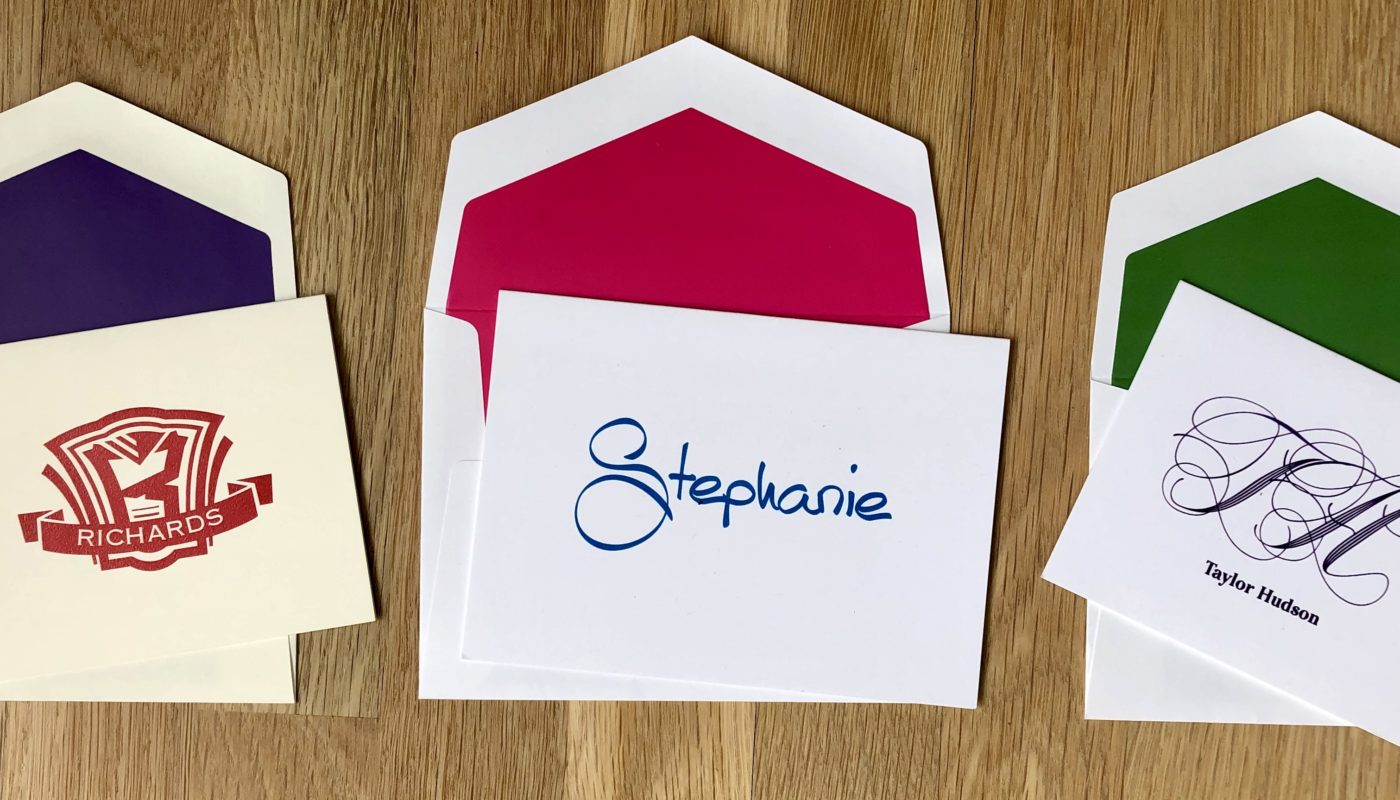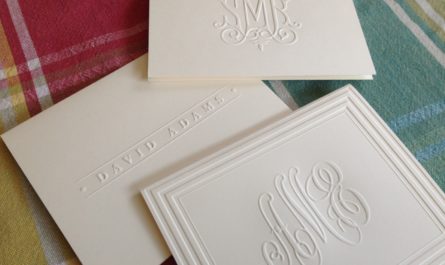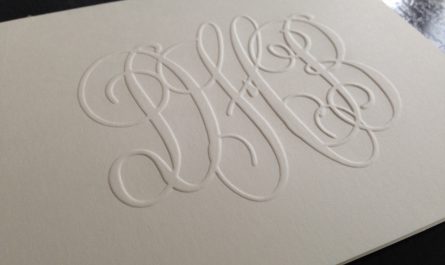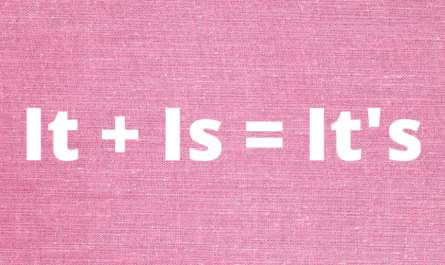What is the difference between “stationery” vs “stationary”? In the world of words, even the slightest variation in spelling can result in entirely different meanings. These two terms might appear similar at first glance, but that little difference in spelling indicates a wide gap in meaning.
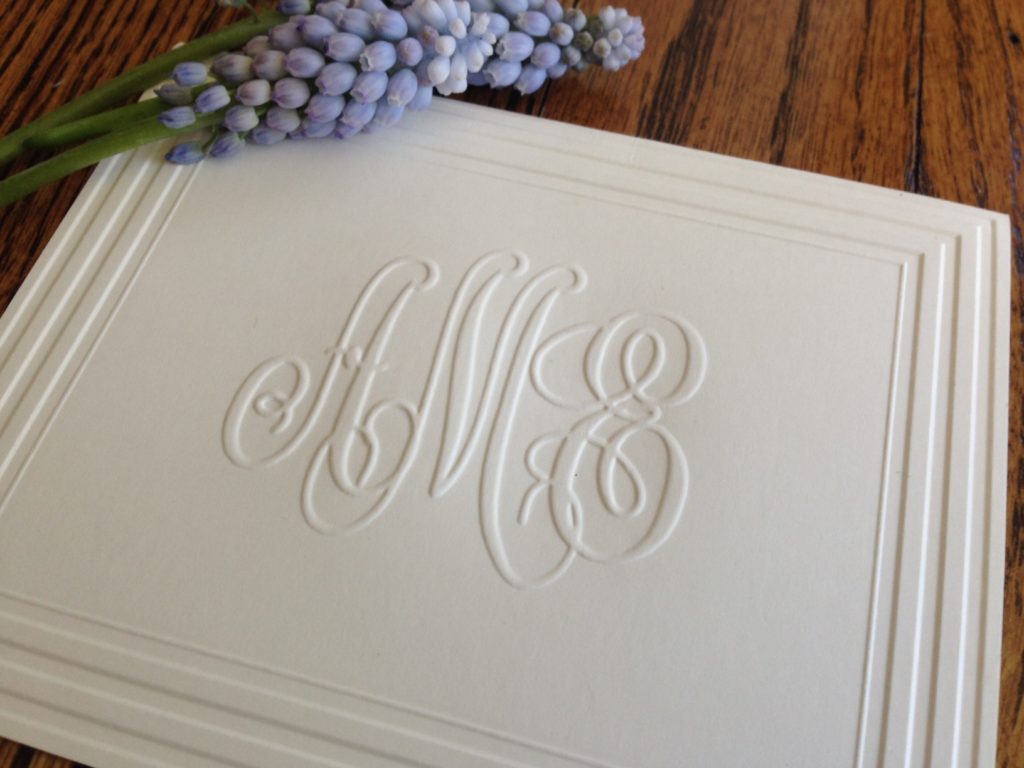
Stationery: A Personal Touch to Correspondence
“Stationery” — with an E — refers to the array of papers used in communication, including envelopes, notepads, journals and other accessories.
Stationery is used for formal invitations, business documents, and other handwritten or printed messages. It often carries a sense of elegance and personal touch. We select stationery that aligns with our style and the specific tone of message we wish to convey. From wedding invitations adorned with intricate designs to simple folded thank-you notes, stationery adds an element of thoughtfulness.
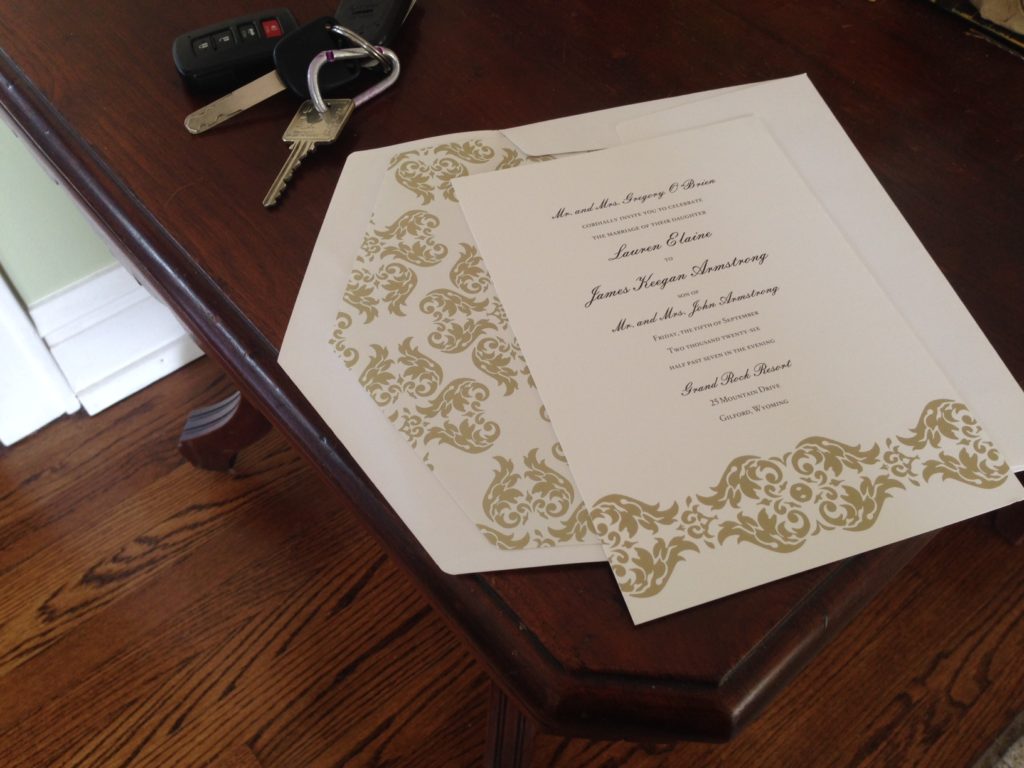
Stationary: Unmoving and Unchanging
On the other hand, “stationary” — with an A — is an adjective. It describes something that is not in motion. We use the word stationery to mean that something is fixed in place or immobile. The word denotes a lack of movement or change.
When applied to objects, “stationary” describes things like a stationary bike. These objects remain fixed in one place, such as a stationary car parked in a driveway.
In a metaphorical sense, “stationary” can describe a situation or condition that remains constant or unchanging, like a person’s emotions or beliefs.
Stationery vs Stationary: Remembering the Difference
It can be fun to think up ways to remember the difference re: stationery vs stationary. The E in Stationery can stand for “elegance” or “emotion.” In a world dominated by digital communication, the allure of beautifully crafted stationery evokes a sense of nostalgia and intimacy.
On the other hand, the A in Stationary can stand for “at rest,” “arrested” or “attached,” and serves as a reminder that in our ever-changing lives, there are moments, that remain still and unwavering.
So the next time you’re selecting the perfect paper for your heartfelt letter or observing an object’s lack of movement, you can confidently differentiate between “stationery” and “stationary.” Remember E for Elegance and A for Arrested — and embrace these words’ unique roles in our linguistic landscape.

